While shopping for a mattress, it’s probably good to find out what material it is made of, as you will be sleeping on that material for more than eight hours a day. There is a multitude of different mattresses available in the market today, and each uses different materials and components in their design.
The good news is that mattresses are categorized based on materials and components used in providing support and the right comfort. Here are some of the most common types of mattresses to help you make a more informed decision when selecting your next mattress!
Innerspring mattresses

(Image source: https://www.goodbed.com/innerspring-mattresses/)
Innerspring mattresses are made using a steel coil support structure that is connected to a single unit. With the advancement of technology, innerspring helps to support your major pressure points such as shoulders, hips and knees. Innerspring mattresses are highly durable as they can maintain their shape and level of support for a long time. Innerspring mattresses support your weight as the springs are pushed back against the weight compacting them, they repel the same force applied to take the pressure off your pressure points whilst providing support to your entire body.
Pocketed Coil mattresses

What sets pocketed coils apart from innerspring is that these types of mattresses primarily concentrate on minimizing motion transfer. This stabilizing structure is good for couples as unnecessary compression on the bed will only affect the part of the mattress the person is lying on and not disturb your partner so that both can enjoy a peaceful slumber the entire night. The beauty of a pocket coil is that the mattress will react to how your body is moving and support your back, shoulders and neck to prevent pain. In addition, it provides cool comfort as air flows in between coils making mattresses cool.
Many mattresses also come with 3 to 7-zone support, which means that the springs for each zone are coiled to different tension levels, catering to the amount of support required for each part of the body.
Bonnell Spring mattresses

Bonnell spring mattresses are the most common type of mattress you will encounter. The Bonnell coil has an hourglass shape and is interconnected with a mesh to make the spring system; this type of spring system tends to be more motion-sensitive. Bonnell springs are still used to create mattresses till date, though this system is good at supplying support, there are a few pain points with Bonnell springs. As the wires are interconnected, when someone moves on one side of the bed, the other person may feel the movement on the mattress too. However, Bonnell spring mattresses are durable and cater to people who prefer firmer mattresses.
Memory Foam mattresses

Memory foam mattresses took the world by storm and became one of the most popular mattress materials on the market, there are a number of industries capitalize on this innovation which includes footwear, automotive and furniture. These products are known for their effective body weight distribution and comfort and their ease in contouring to your body and return into its original form when pressure is released. Memory foam has a high level of pressure point relief, encourages proper spine alignment, prevents pain relief, low motion transfer and it is able to last for more than a decade.
Latex

Latex Mattresses have become extremely popular today, they are made from natural resources and feature the durability of the product to make your money spent worthwhile. They are environmentally friendly as they can help you reduce your carbon footprint by avoiding the use of chemicals and take advantage of the antimicrobial features to minimize off-gassing. However, latex mattresses are typically more expensive than a spring mattress.
What is a Mattress Pad?
Mattress Pad is a type of removable bedding sheet that is attached on top of your mattress to provide an extra layer of comfort for good night sleep. The most common type of mattress pads is made of quilted cotton and fibrous padding to add support to a bed or add extra cushion to a hard mattress. It also acts as a barrier to prevent stains and mattress damage. A mattress pad can prevent sweat, body oils, hair gel products and makeup from staining the mattress; however, they are ineffectual against large amounts of moisture like spilling a glass of water on the bed. Mattress pads come in a wide range of different materials; such as cotton, latex and wool, hence they can be washed and laundered easily.
What is a Mattress Topper?

(Featured image: Mattresstopper.com.sg)
Mattress topper is thicker than a mattress pad, hence it prevents more moisture from getting into the mattress and avoiding mattress wear. These are great for kids as it prevents spills such as drink and urine stains from reaching your mattress. Mattress topper is commonly made of foam which adds a soft surface to a firm mattress and supports your major pressure points. Lastly, mattress toppers extend the life expectancy of a mattress by protecting it from sagging and staining. Thereof, they are better for people who need a change in support of their mattresses or do not want to purchase a new mattress.
What is ticking and its functions?
Ticking refers to the final outer cover of a mattress which comes in different shades, styles and materials. Today, there is an increasing demand for different colours on the borders of the mattresses rather than the common blue and white striped. Ticking fabric prevents down feathers from sticking out of a mattress. With the advancement of technology, ticking provides temperature control, offers antimicrobial features and increases the longevity of the mattress.


